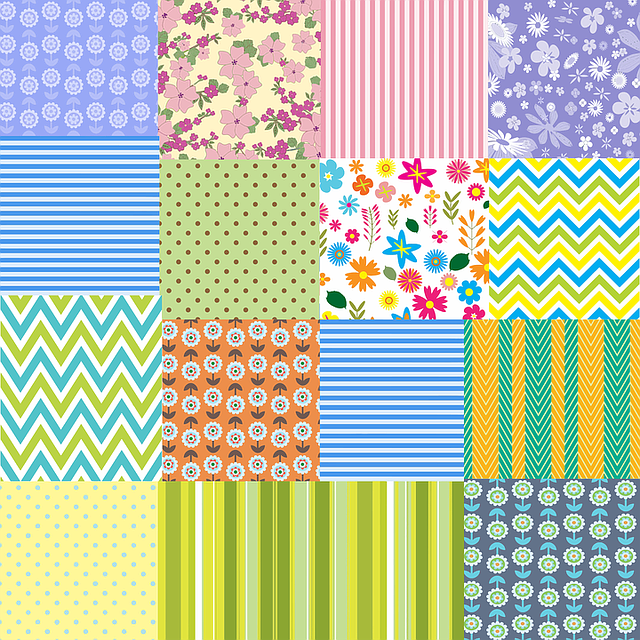
Introduction
Quilting is more than just a practical technique for creating warm bed coverings; it is an intricate art form steeped in history, community, and creativity. From its humble beginnings in various cultures around the world to its modern applications as a medium for personal expression, quilting has evolved into a cherished pastime and a booming craft industry. This article explores the rich history, diverse techniques, and the contemporary resurgence of quilting as a beloved hobby.
The Historical Roots Of Quilting
The origins of quilting can be traced back to ancient civilizations, where layered textiles were used for clothing and bedding. As cultures exchanged ideas and techniques through trade and migration, quilting became a common practice in Europe during the Middle Ages.
By the 18th and 19th centuries, quilting had firmly established itself in American tradition, particularly among pioneer women who sought to create warmth and comfort from limited resources. Quilts often served as an outlet for creativity as women stitched together scraps of fabric to make intricate patterns, passing down stories and heritage through their designs.
The Techniques Of Quilting
Quilting involves several techniques that allow for both functional and artistic outcomes. Here are some of the most popular methods:
Patchwork Quilting: This technique involves sewing together various pieces of fabric to create a specific pattern or design. Each piece can tell a story, often retained from family heirlooms or sourced from previous projects.
Appliqué: This decorative technique involves stitching one piece of fabric onto another to create intricate designs. Appliqué can range from simple shapes to complex landscapes, bringing fabric to life in unique ways.
Longarm Quilting: This method utilizes a specialized sewing machine mounted on a frame, which allows for larger pieces to be quilted with precision. This technique has gained popularity in commercial quilting, where speed and quality are essential.
Free-motion Quilting: In this creative approach, quilters maneuver the fabric under a sewing machine while the machine’s needle is in motion. This allows for entirely original designs and patterns, offering a form of artistic expression unique to the quilter.
Modern Quilting: A contemporary twist on traditional techniques, modern quilting emphasizes bold colors, minimalistic designs, and innovative patterns. This movement has stirred excitement in the quilting community, encouraging quilters to explore their creativity.
Quilting Communities
Quilting has always thrived in community settings, from quilting bees of the past to modern quilting guilds. These gatherings provide not only a social outlet but also opportunities for learning, sharing techniques, and developing friendships. Online platforms like Instagram, Pinterest, and dedicated quilting forums have further bolstered these communities, giving quilters a global platform to showcase their work, seek inspiration, and connect with fellow enthusiasts.
Beyond the quilt shop, community projects such as Quilts of Valor and other charity initiatives allow quilters to give back by creating quilts for those in need, such as veterans, survivors of disasters, or children in hospitals. These acts of kindness interweave the spirit of community into the fabric of quilting.
The Resurgence Of Quilting Today
In recent years, quilting has seen a renaissance, particularly among younger generations who are drawn to both the craft and its rich history. With the rise of DIY culture, social media influencers, and popular TV shows dedicated to quilting, interest in this art form continues to grow. Many young quilters appreciate the meditative qualities of sewing, the satisfaction of creating something unique, and the ability to disconnect from technology while engaging with a tactile hobby.
Workshops, online tutorials, and classes have made quilting more accessible than ever, allowing individuals to refine their skills and explore personal styles. Whether it’s hand-stitching at home or participating in a large quilt-making event, quilters today are able to share their passion in a way that fosters creativity and connection.
Conclusion
Quilting is more than just a means of creating fabric art; it is a rich tapestry woven from history, craftsmanship, and community. As it continues to evolve, this timeless tradition holds a special place in the hearts of many. For those looking to explore their creativity, connect with others, or simply enjoy a productive hobby, quilting offers an enriching experience that celebrates both individuality and shared human connection. With each stitch, quilters continue to weave stories of love, comfort, and inspiration into every quilt they create.
